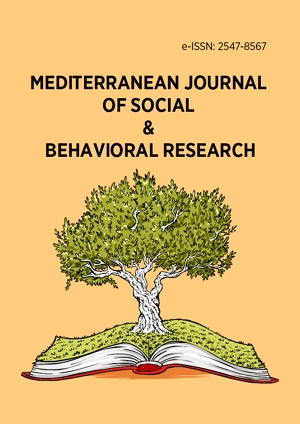Abstract
The scope of this systematic review is to present the role of play within early childhood education curricula in Greece and around the world. In particular, findings will be presented from 25 early childhood education curricula from the past 15 years (2004-2018). Seven of these come from countries of the European Union, one from a country that used to be a member of the European Union, two from countries of Africa, seven from countries of North and Latin America and the Caribbean, six from counties of Asia and two from Oceania. Findings present the role of play within the early childhood education curricula and where possible the role of the educator in relation to play in preschool settings. From the systematic review and the analysis of the curricula we can conclude that early childhood education curricula are in their majority child-centered, they vary in form and recognize the importance of play in children’s holistic development and learning. Educators on their behalf tend to adopt various roles in order to support and promote play at the nursery school, indoors and outdoors in cooperation with parents and other professionals. Factors that influence the content of early childhood curricula and the role of play in them, are geographic location, cultural heritage, structure of society, knowledge of history and respect for the past and the future always in relation to the needs of the children of this age.
License
This is an open access article distributed under the Creative Commons Attribution License which permits unrestricted use, distribution, and reproduction in any medium, provided the original work is properly cited.
Article Type: Review Article
MEDITERR J SOC BEH RES, Volume 8, Issue 1, February 2024, 3-12
https://doi.org/10.30935/mjosbr/14184
Publication date: 07 Feb 2024
Article Views: 1829
Article Downloads: 2382
Open Access References How to cite this article
 Full Text (PDF)
Full Text (PDF)